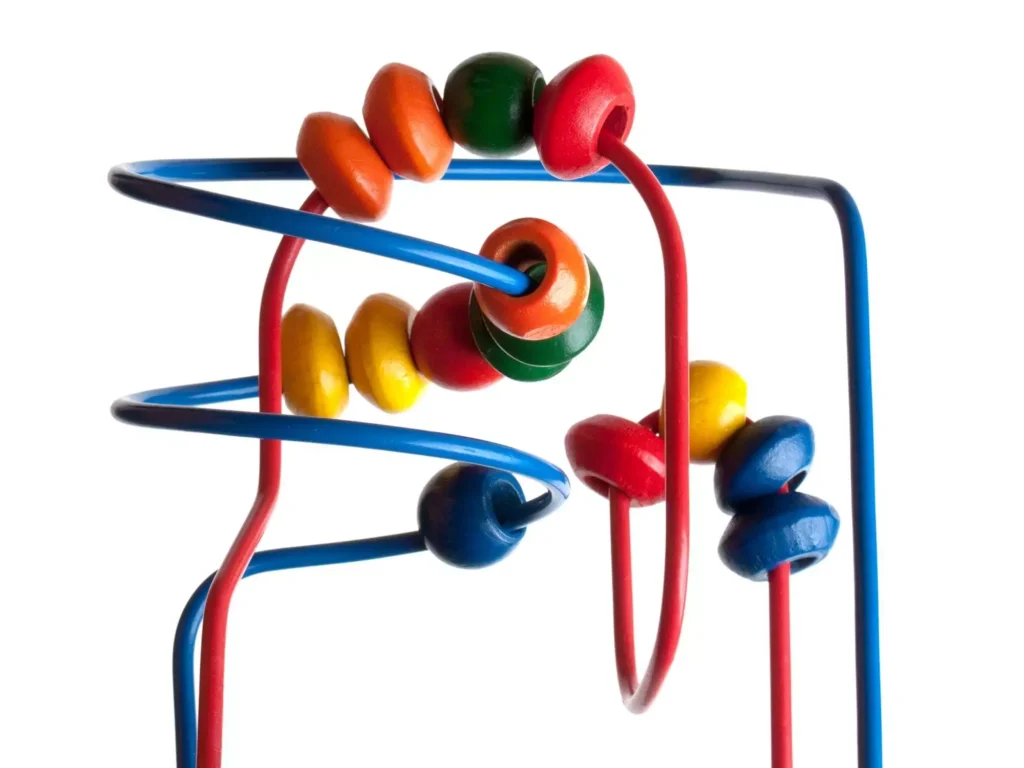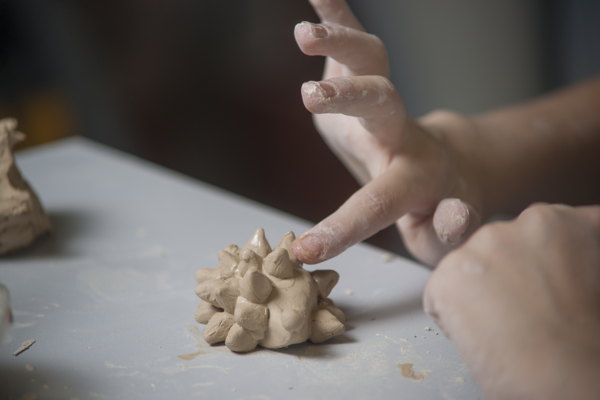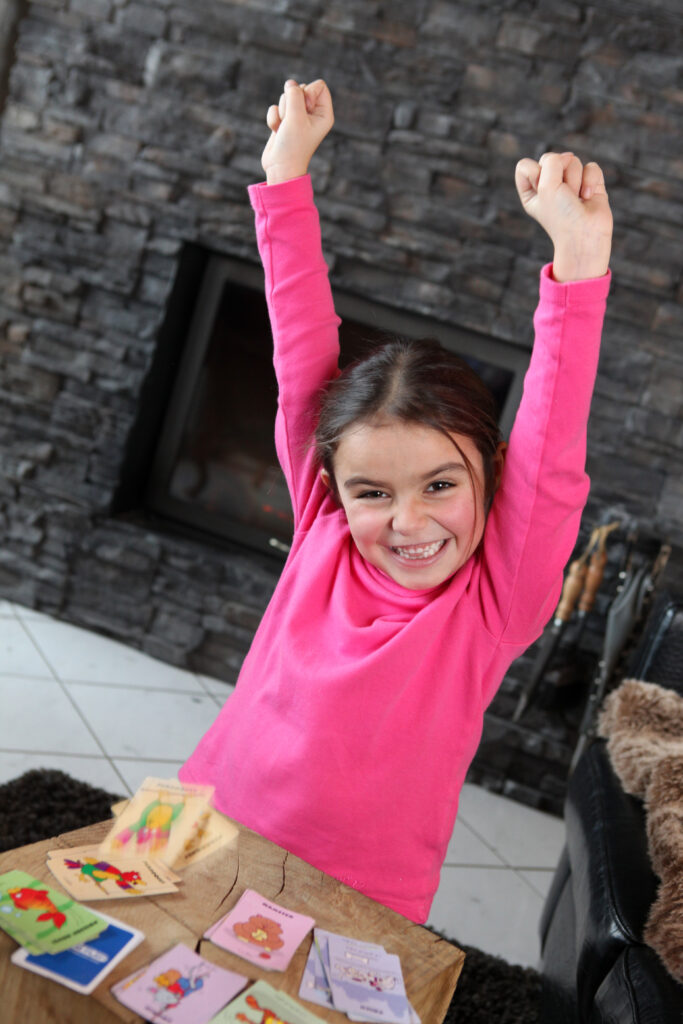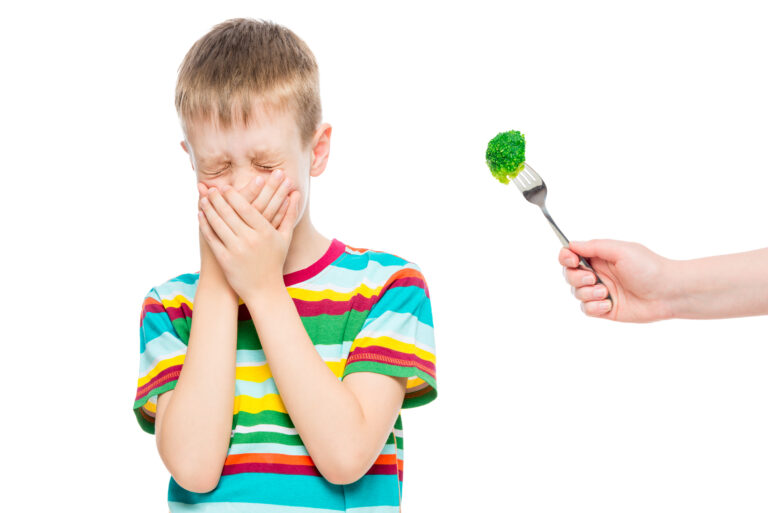Teaching With Sensory Toys
Autism comes with many challenges, one of which is often sensory issues. In the daily lives of children with autism disruptive behavior could very well, be down to sensory difficulties. It’s no secret that children with autism often become fixated on a specific object, even more so, if they can pull it, squeeze it, press buttons, and so on.
Which is where sensory toys come into play, these nifty objects can be used in many ways, and are great for helping children focus.
Designed to spark some inspiration this post is created to explore areas where sensory toys can be incorporated into the classroom as a teaching method.

Counting
When children with autism are presented with sensory toys, their behavior and focus will alter in a matter of seconds. Using sensory toys to help children learn mathematics skills is highly effective and extremely fun. You first need to dig deep into your toy box or head to the dollar store to find some toys suitable for the challenge.
In the past, I have used squishy farm animals, but pretty much anything could work dinosaurs, minions, cars, aliens, literally anything. The next step is to get the children to count their toys which work best if they have somewhere to put them. As an example, I made a makeshift animal pen out of random bits and pieces and would ask the children to put three sheep in the pen.
Alternatively, a printed picture works just as well. If cars were the sensory toy choice, then photos of parking spaces would do the trick. Whichever toys or theme you decide to use there will be many counting challenges to create.

Sensory Toy Art
When it comes to teaching children with autism, it rarely becomes an issue to get them to create something using their hands, especially if it involves using materials and fun tools. Another fun incorporation of sensory toys to the teaching world is actually to make some sensory toys during an art period. That way the children can get involved in making things that they can later use for different activities.
One of the simplest sensory toys to make is a rice bottle. These could be used for the noise or, with the addition of small objects, could be used as a find it game. Using a clear empty plastic bottle, fill it three-quarters of the way with rice and then glue on the lid.
To create a find it game add in small objects such as buttons or shapes with the rice. These little tools work great as an instrument or as a game.
Print painting and rubbings are very useful in helping children with autism understand colors and get creative. Using potato stamps and carpet squares work brilliantly for print painting, and crayon rubbings work just as well today as they did when we were all children.

Story Time With Sensory Toys
You may have heard about sensory story time before as it is a hugely popular autism specific activity. Typically, the stories will include the use of songs and movement that the children can participate in to help them focus and get involved.
Sensory toys can be used in many teaching experiences and story time is definitely one of them.
When children who have autism are struggling to pay attention or are fidgeting excessively, it could be a sign of sensory issues.
In some cases, giving the child a fidget toy will help reduce stress caused by sensory issues and help them to absorb information.
Incorporating sensory toys into story time will help to keep the children’s attention on the current event. You can do this by using sound-based sensory toys at specific points of the story. Or you could pass around relevant items for the children to touch.
There are countless ways to use sensory toys for story time, and you could even try getting the children involved in the storytelling itself.

The introduction of sensory toys is hugely beneficial for teaching. However, some people often feel that it can quickly become an issue when it’s time to put the toys away. On some occasions, there may be some resistance, but this will be the same as how on some occasions a child is late, or the school closes due to a gas leak. It’s not something that will happen all the time.
You will likely find that the children are much more responsive to what you are telling them to do when they are using sensory toys. In most situations, the children are already interested in the next challenge and have diverted their attention to it.
With the endlessly creative ways of teaching children who have autism or sensory disorders, I’m curious to know, do you use sensory toys as teaching methods? Let me know your favorite techniques in the comment section below.


